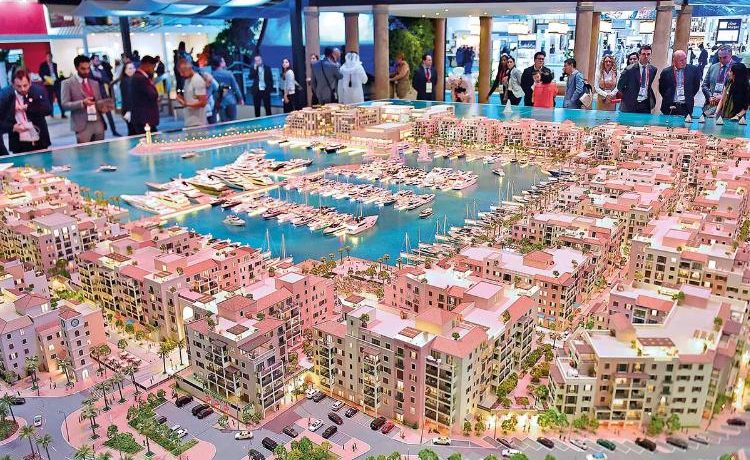With several new real estate projects launched in recent years, buyers and investors now have many choices. But while some developers are ticking the right boxes, property experts say not all are developing and selling in line with the current market demand. Experts say developers need to be novel in their approach and package their real estate products with the right mix to meet their target buyers’ present and future needs.
Sanjay Chimnani, managing director of Raine & Horne Dubai, claims few developers have understood the value of space planning and quality. “The mix is always based on demand. Dubai being a young city has a big demand for studios and one-bedroom units. For young families, the two- and three-bedroom town houses are in demand,” says Chimnani. “Earlier you would see large three- and four-bedroom units or large four-bedroom town houses, but there is only a small market for such products now.”
Market dynamics
Developers are now in a place where the competition is pushing them to offer great-value deals to clients. “Developers’ offers include four- or five-year payment plans, waiving DLD fees, three to five years free service charges, etc. These offer direct value to the buyer as opposed to a fancy car or branded furniture seen in the past,” says Chimnani.
Enhanced transparency and availability of industry data now allow the developers to better understand what tenants and end users want, and thereby act more responsibly than during the initial years of freehold in Dubai.
Sameer Lakhani, managing director of Global Capital Partners, says, “Developers that have survived and thrived have done so because they have been able to decipher such data trends and incorporated it into their build-out process.” It is such data that shows the trajectory of the demand curve, he adds. “When the freehold boom began, it was an explicit bet on the population of the city more than doubling, which it has since the advent of freehold in 2002, but there was very little data available as to what the demographics would be like,” explains Lakhani.
However, he believes developers are now more responsive to the needs of customers. “The build-out that is taking place is yet another explicit bet that the population doubles from here over the next 15-20 years. When demographics change, markets stratify, and developers have to adjust accordingly,” he adds.
Further explaining this, he notes that most of the floor plans that were on offer in 2002 had open kitchens; now certain developments are offering closed kitchens such that they can cater to a particular ethnic subset. It is the same with other dynamics such as having attached bathrooms and extra parking spaces, he says. Lakhani also observes that the market is getting large enough that some of the demand dynamics are now derived from the domestic data. With Dubai being a relatively young city, developers have had to refer to international market trends and apply these to Dubai’s context.
“The recent initiative that Dubai has announced for retirement visas, for example, is likely to spark demand for older housing — in this case affluent older housing, given the conditions to qualify for such visa status,” says Lakhani. “It means that developers will start to offer houses across vertical and horizontal builds that will take the needs of the older demographic into account, e.g. town houses that have at least one or more bedrooms at the ground floor level, with attached bathrooms and elevators built into them.”
Common mistakes
There are several vital areas that developers fail to notice in the early stages of their projects. “Developers overlook the design and floor plans that are critical, and some developers don’t invest resources and pay sufficient attention,” says Chimnani. “Also, finishes are compromised to save a few dirhams per square foot. Then some developers ignore the quality of white goods and smart home features in new projects. Moreover, the right mix of retail tenants that support a project is not taken into account.”
Fadi Nwilati, CEO of Kaizen Asset Management Services, emphasises the need for developers to meet project deadlines since most property buyers want to avoid delays and additional costs. In the property market, he observes that the high sales commissions end up coming out of the client’s acquisition cost, whether directly or indirectly. The other factors, he says, are the “choice of materials and designs that are not meeting up with millennials’ requirements regarding modernity and amenities. Moreover, lack of after-sales customer service quality and lack of studying the project post-handover to come up with ways to reduce running costs, such as utilising technology are the common elements seen in the market.”
All rights reserved to the initial publisher for Gulf News
Collected and published by Arms &McGregor International Realty® editorial team. Get in touch with us at [email protected]

